If you’re worried about returning to work after having your baby, you’re not alone. It’s a big milestone, and juggling a career and breastfeeding can feel like a tall order for many new parents. Even for those who are excited about the adult conversation and uninterrupted bathroom breaks that await, the logistics of expressing milk during the workday are a common concern.
Breastfeeding goals and career goals should be compatible, but the reality is that breastfeeding parents need—and deserve—robust support to achieve them in tandem. In the past, this support depended a lot on your individual place of employment, but with the PUMP for Nursing Mothers Act of 2021, the burden of balancing breastfeeding with work is gradually lessening across the board.
In 2010, legislators passed the Break Time for Working Mothers Law—a subsection of the Fair Labor Standards Act (FLSA), which specifies that all employers covered by the FLSA must provide lactating employees with a child under the age of one a reasonable amount of break time and a private, non-bathroom space to express milk.
The landmark legislation was a huge step in the right direction, but loopholes in the law left at least a quarter of pumping parents without the federally protected right to express milk at work.
For example, the Break Time for Working Mothers Law only applied to employers with 50 or more employees, which leaves many families without the intended coverage. Parents at smaller companies remained at the mercy of local legislators and employers who may or may not provide adequate pumping breaks or spaces.
To help fill the gap and increase protections for nursing parents in the workplace, the federal government has enacted the PUMP for Nursing Mothers Act (PUMP Act), which increases breastfeeding parents’ rights in the workplace.
The PUMP Act provisions listed below officially went into effect in December 2022, but the enforcement provision of the act (which allows breastfeeding parents to sue employers who don’t comply) goes into effect on April 28, 2023.
The PUMP Act extends the FLSA’s previous one-year protection to two years, in alignment with updated guidance from the American Academy of Pediatrics (AAP) that states that parents should breastfeed for at least two years, if possible.
Employers of ALL sizes must now provide parents with adequate time and space to pump.
The PUMP Act narrows the coverage gap from the previous law, granting protected pumping time at work to another 9 million parents who were previously unprotected by the FSLA, including farmworkers, nurses, and teachers.
However, it’s important to note that the gap in coverage isn’t entirely solved—rail carrier and motorcoach employees are subject to special rules, and flight attendants and pilots are not currently protected.
Prior to the PUMP Act, employees who were harmed when their employer failed to allow lactation break time and space couldn’t seek monetary remedies in court.
As of April 28, 2023, breastfeeding parents may file a lawsuit if:
The new law clarifies that pumping time does count as work time if an employee is not fully relieved from their work duties while pumping. For example, if a nurse continues to chart while pumping, that pumping break still counts as work time and must be compensated.
Similarly, if an employer typically gives employees two fifteen-minute paid breaks during a shift and a parent takes three fifteen-minute pumping breaks, then two of those breaks must be paid.
Balancing work and breastfeeding isn’t always easy, but it is achievable when families have a strong support system and a plan for success. While the PUMP Act helps to ensure employers are doing their part, there are important steps you can take to seek balance and protect your breastfeeding journey.
It’s important to know your rights under the PUMP Act, as well as state and local laws, so that you can advocate for your right to pump at work if your employer fails to comply. International Board Certified Lactation Consultants (IBCLCs) are a good resource regarding your rights.
Give your employer a heads up that you are a breastfeeding parent and need to take breaks to express milk for your child. If possible, provide your employer with a written request that outlines your needs and the requirements of the PUMP Act.
Find a private space at your workplace where you feel comfortable pumping. This could be a separate room, a cubicle with a privacy screen, or even your own car if necessary. If you need an outlet for your breast pump, make sure your employer is aware of that need.
To be allowed to file a lawsuit for a violation of the lactation space requirement of the FSLA, you must notify your employer that the space they have provided is not adequate for your needs and give them ten days to correct the issue. For example, if your employer insists that you pump in the employee bathroom, it’s important to communicate to them that this is not appropriate for pumping.
Coordinate your pumping schedule with your work schedule to ensure that you’re able to take breaks at appropriate intervals. Two back-to-back pumping breaks aren’t likely to yield the same amount of breast milk as two breaks that are three hours apart.
If your employer fails to follow the provisions of the PUMP Act, file a complaint with the U.S. Department of Labor Wage and Hour Division (WHD).
With countless social media posts out there about building a freezer stash, the “right” way to store milk, and tips to maintain a healthy milk supply, some parents feel overwhelmed at the prospect of adding pumping to their plate. It’s no small task, and helps to make a plan.
Even if you’re feeling confident, working with an IBCLC can help you feel more prepared and ready for the adjustment period that comes with returning to work.
At Nest Collaborative, we can guide you through developing a plan for incorporating pumping at work that, well, works! From proper milk storage to deciding on a pumping schedule that meets your baby’s needs, we’re here to help, every step of the way.
Schedule a convenient virtual consultation with a Nest Collaborative IBCLC today. Our aim is to help you achieve your breastfeeding goals, whatever they may be.
